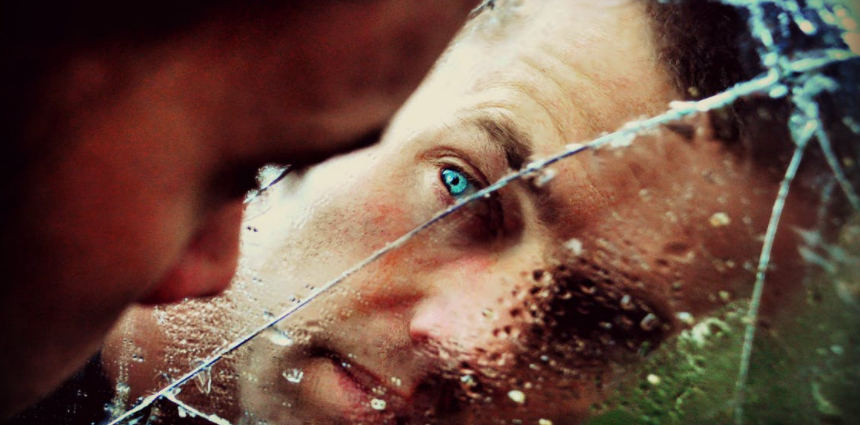|
|
Our magnificent brain is an extraordinarily complex organ. Minor damage to the brain’s frontal lobes can cause one’s personality and emotional life to change dramatically. Reasoning or planning may also be affected (Goel & Dolan, 2004). Drug abuse can also damage this important part of the brain (Liu et al, 1998). Patients with frontal lobe damage often get “stuck” on mental tasks and repeat the same wrong answers over and over (Geof & Grafmanm 1995).
Agnosia
One of the most fascinating results of brain injury is the inability to identify objects the patient can see. This condition is sometimes referred to as “mindblindness.” A patient who is shown a known object will be able to describe it and even draw a picture of it, but is unable to name it. If he touches or handles the object, he will immediately name it. This condition is called agnosia.
Facial Agnosia
Another fascinating form of “mindblindness” is facial agnosia – an inability to perceive faces. Typically, a patient with facial agnosia would not be able to recognize a family member when they visit them in the hospital, or if shown their photograph. However, as soon as the family member speaks, the patient will know them immediately by recognizing their voice.
Damage to the left hemisphere of the brain could affect the association cortex which controls and processes information from all the senses.
Aphasia
Damage can also cause a condition known as aphasia, which impairs one’s ability to use language. One type of aphasia caused by similar damage to the left frontal lobe in the Broca’s area – a speech center – may cause great difficulty in speaking or writing. Typically, a patient’s grammar and punctuation are poor and speach is slow and labored. Generally the patient knows what they want but can’t seem to utter the words (Geshwind, 1979).
A second site called Wernicke’s Area, which affects language, is located on the left temporal lobe. Damage in this area can cause the patient to pronounce words correctly but give them an incorrect meaning. When shown a picture of a chair for example, the patient might say “stool” (Ward, 2006).
The Brain Understanding Itself
We have only touched upon a few explanations to help people recognize and understand the speech, recognition and association problems that people suffer as a result of brain injury. The human brain is just beginning to understand itself. Neuro scientists are making new discoveries every week. What an adventure the decade of brain research will be.
This report is not a diagnosis. We hope this information can guide you toward improving your life
Review our Knowledge Base or the links displayed on this page for similar and related topics.

